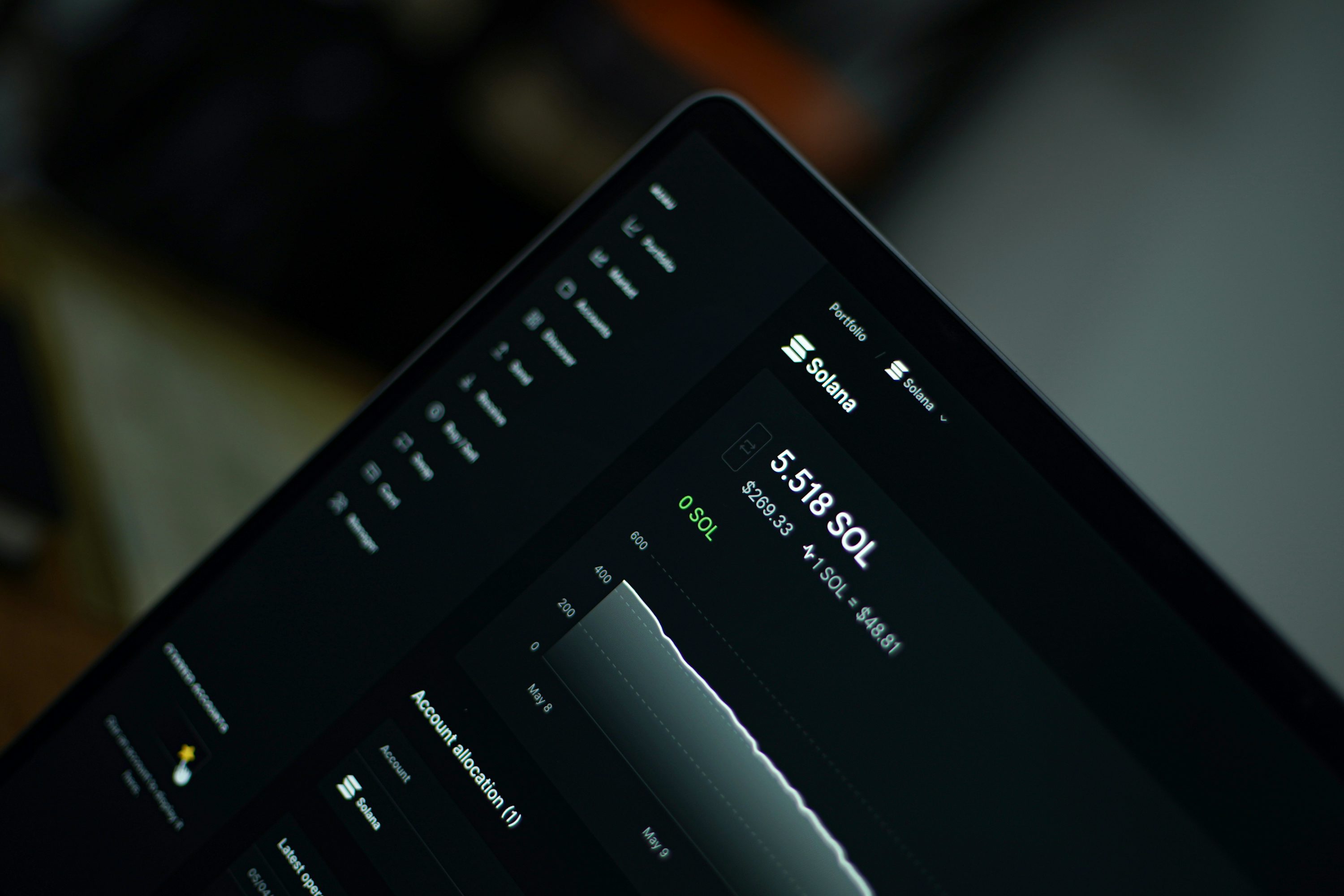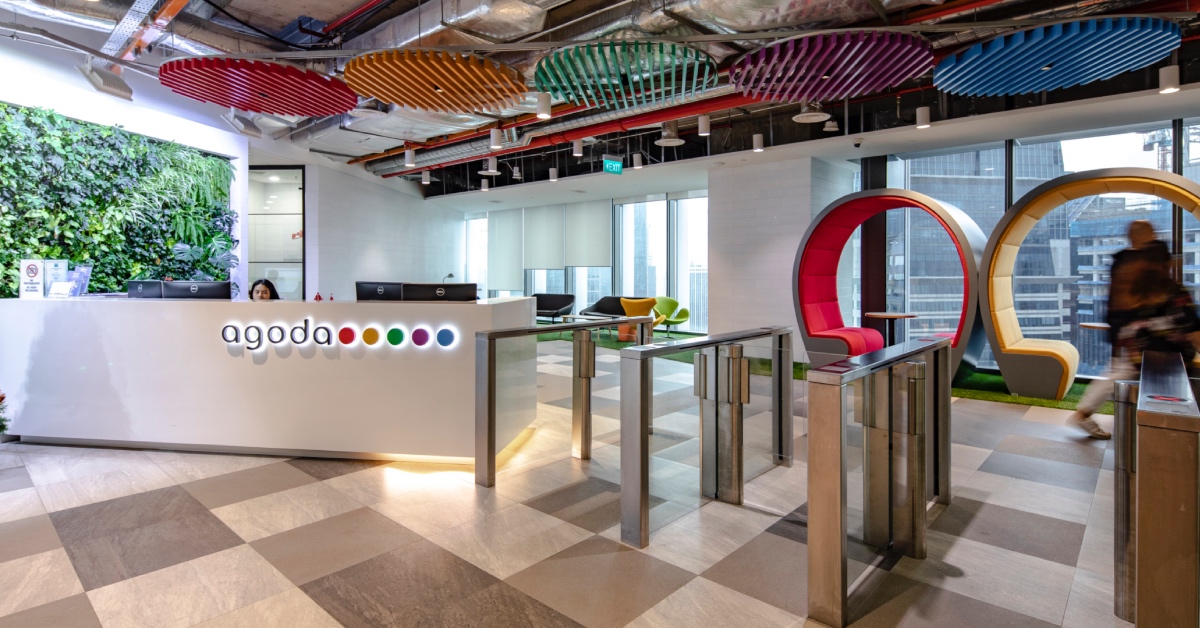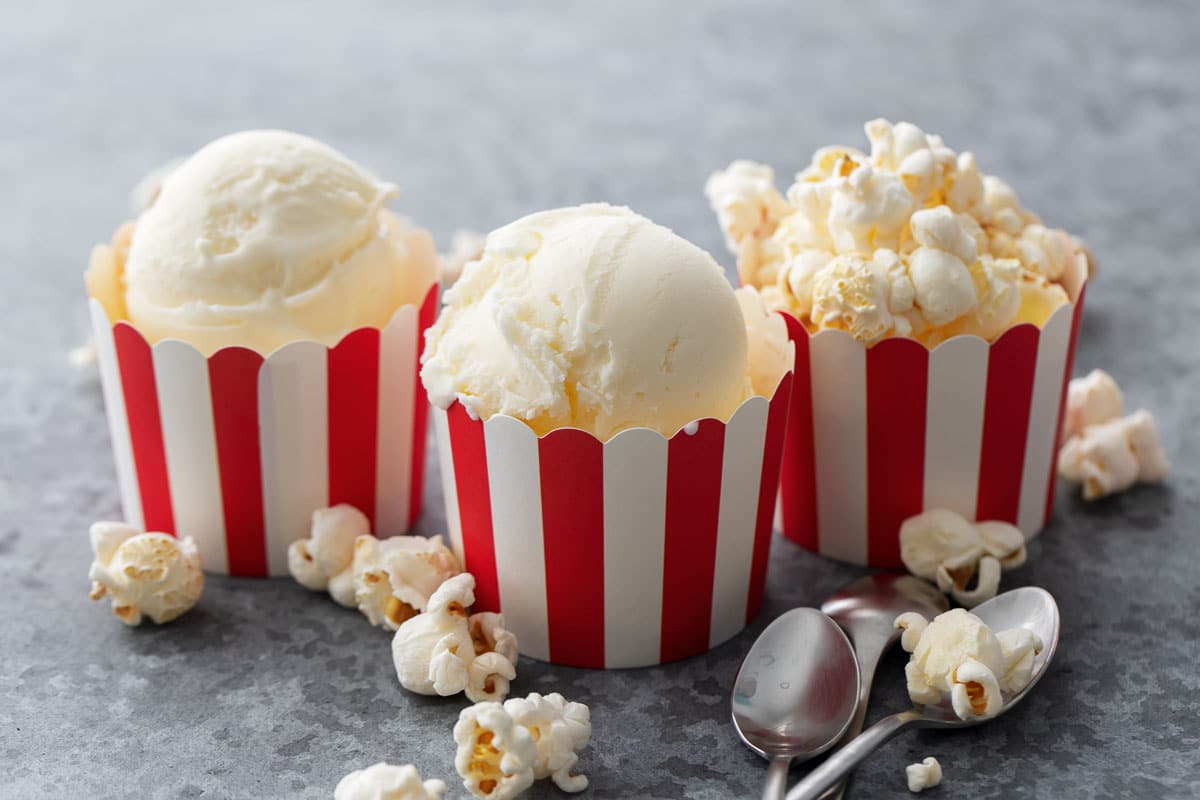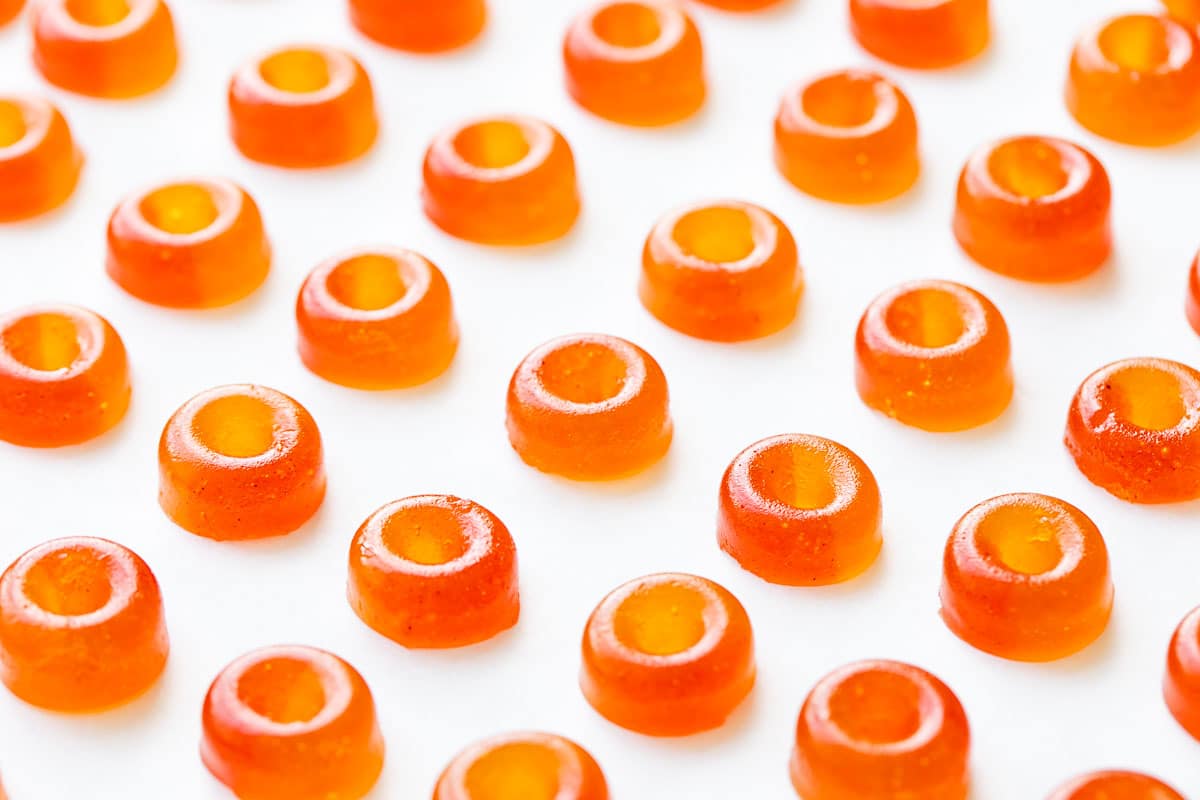Behind the rise of Lone River, a ranch water pioneer
Lone River Ranch Water was an early entrant in the now booming category, and gained popularity using DTC tactics.

Lone River Ranch Water was an early entrant in the now booming category, and gained popularity using DTC tactics
Brands on the Rise is a regular Ad Age feature spotlighting the marketing and business tactics of successful challenger brands. Read other installments here.
Searches for “ranch water” first started to peak in May 2020, according to Google Trends. Perhaps it’s not a coincidence that, in April of that year, a company called Lone River Ranch Water sold its very first case.
The brand was an early entrant in the ranch water category, which now includes a host of brands that are inspired by bartender-mixed drinks made with soda water, tequila and lime. Lone River—which is made from carbonated water, alcohol from sugar, lime juice, agave nectar and other ingredients—has kept growing even as it fends off a growing list of competitors big and small. Among them, Heineken announced a Dos Equis ranch water in February 2021, and Molson Coors introduced a Topo Chico version in January 2022.
Just 11 months after that first Lone River case hit the market, alcohol giant Diageo acquired the brand for an undisclosed sum. At its core, the brand’s rapid rise can be attributed to a lean team that used DTC advertising methods on a wholesale product—and a little bit of West Texas branding.
Below, more on the brand’s origin story, its marketing methods and what might be next.
Brands on the rise
A look at up-and-coming brands disrupting their categories
How it started
Some say that everyone on Madison Avenue has a signature cocktail. For “Mad Men” fictional adman Don Draper, it was the bourbon-based old fashioned. And for Katie Beal Brown, a former account director at Anomaly, it was ranch water.
“I grew up in West Texas, and my family settled out there over 100 years ago. We actually have a working ranch out in Far West Texas,” said Brown, now the founder and CEO of Lone River Beverage Company. She and her family have been drinking ranch water for “as long as she can remember.”
With a glint in her eye, Brown explained that there’s some family folklore behind the drink: Legend has it that a rancher created the cocktail in the 1960s on the same spot where her family’s ranch sits. After a few too many sips, the rancher followed “miles of Texas stars until he fell asleep under a Pinyon tree.”
Brown knows the story is a compelling one. When she moved to New York to work for advertising agencies such as Anomaly and JWT, she used the ranch water story as a party trick of sorts to introduce where she came from—because as every marketer knows, stories work better than facts.
After more than a few of these parties, some of Brown’s friends started to adopt the cocktail as their own, and introduce their friends to it, too. That got Brown thinking.
“As we started to see canned cocktails and seltzers come into the market, I felt like there was an opportunity to package ranch water and really build a brand around the culture that it represents,” Brown said. “Anomaly at the time had an internal incubator—a program called Anomaly Funded—where as an employee, you could pitch an idea. And if you won the process, they would provide you with some resources to bring that idea to life and further it.”
After working with some freelance creative partners on the idea for Lone River, she decided in 2018 to throw her hat in the Anomaly Funded ring. Spoiler alert: she won. With Anomaly’s help, Brown put the finishing touches on Lone River’s branding and packaging, then connected with a company that would help her finalize the liquid formula for the product.
In 2019, the brand raised a friends and family round (Brown declined to specify the amount of money raised) and secured its first distribution partner, which helped connect Lone River to grocery chain H-E-B. From there, distribution grew to independent retailers in Texas and Tennessee.
Tipping point
The pandemic threw some obstacles in Lone River’s direction. But despite that—and the fact that it was only sold in two states at the time—by December 2020, Lone River was the number one independent hard seltzer brand in the U.S., according to Brown. Just a few months later, in March 2021, it was acquired by Diageo.
An acquisition was always in the cards, according to Brown. “In this industry, it is very challenging to scale a brand and truly compete against a lot of these conglomerates on your own because of the resources needed to do so,” she said, calling acquisitions “inevitable” for a lot of young alcohol brands.
Diageo gave Lone River the opportunity to further scale the brand and give it a national presence due to the new “supply partners that could fill out that demand,” and a heftier sales infrastructure to support distribution, she said.
Read more: SunnyD Vodka Seltzer—the rise of crossover drinks
In 2022, Lone River Ranch Water sales grew by 108% across all off-premise outlets that Nielsen tracks, according to Dave Williams, VP, analytics and insights at Bump Williams Consulting. Lone River Ranch Water had a 1.1% fiscal share of the total hard seltzer category in 2022, as well as a 45% fiscal share of all ranch waters in the hard seltzer sector, Williams said in an email.
Williams defines ranch waters as a part of the hard seltzer category, and explained that hard seltzers can be sugar-based (like Lone River) or malt-based, but not spirit-based, which allows them to be sold in the same location as beer. (Some ranch waters are made with real tequila.)
Although Diageo now runs Lone River, Brown still serves as its CEO and is heavily involved in its day-to-day operations. She declined to share how much Diageo paid for Lone River, but said the brand drew interest from multiple parties.
Marketing strategies
Although Lone River’s ranch water isn’t sold direct-to-consumer, its small marketing team leaned on DTC tactics, including using Facebook and Instagram as its primary advertising channels pre-acquisition.
For the brand’s first full year, those social media channels took up the bulk of Lone River’s ad dollars. At the time, Lone River’s “marketing team” mostly consisted of a man named Barry Hott, growth and performance marketing consultant at Hott Growth. From March 2020 until the Diageo acquisition, he was Lone River’s head of growth, paid social. Much of Hott’s prior experience was in the DTC realm with brands such as Harry’s razors and Olive & June nail polish.
Typically, new alcoholic beverages do a lot of in-person retail marketing, Hott explained. But this wasn’t possible for Lone River, as it rolled out during pandemic-induced lockdowns. That ended up being for the best. Hott structured the social media advertising to drive viewers to Lone River’s store locator.
The strategy worked: Soon enough, the Lone River team started hearing that consumers were going to stores and asking if there was any ranch water left. Hott no longer works on the product post-acquisition, but it was his approach that scaled the brand pre-Diageo.
Now, Hott explained, Lone River’s paid social ad strategy has shifted to a more brand-focused approach. “Overall, the brand hasn’t changed, the brand strategy is still similar and now larger, but the way the Meta ads are being run and the creative being used is a little different than what it was before,” he said.
The product’s relatively low calorie count and alcohol content offered an easy way to cut back on people’s relatively high alcohol consumption during lockdown, Hott said. Lone River has 80 calories per can and 4% alcohol by volume (by comparison, White Claw hard seltzer has 100 calories and 5% ABV).
Lone River has partnered with the kinds of people you’d see on a real ranch. For instance, it created a pair of Lone River-branded boots with Texas bootmaker Lucchese; and it worked with “Yellowstone” star Ryan Bingham for its first national ad campaign (created with Anomaly, of course).
Bingham not only started his career as a bull rider, but is also now an award-winning country musician, in addition to playing a ranch hand character on “Yellowstone.” “His music is the soundtrack of West Texas,” Brown said.
Ad Age Creator Summit
In-person event brings together creators, brands and agencies to discuss the creator economy
What the experts say
“As with any culinary ‘legend,’ the actual origins of the ranch water bar cocktail remain murky—it’s kinda like trying to prove where Tex Mex was born,” Jenn Litz-Kirk, director of content at Beer Business Daily, stated in an email.
Despite her skepticism regarding Lone River’s origin story, Litz-Kirk explained that Lone River’s rise could prove that being first-to-market status for ranch water has its advantages. She said Lone River was the first ranch water product, to her knowledge.
“Lone River remains the segment leader, by far,” Litz-Kirk said.
Founder retention has helped the brand retain its status as an industry leader too, according to Litz-Kirk. “Diageo of course acquired Lone River in early 2021, but Katie ‘Bolo Tie’ Brown, as we affectionately call her, remains as committed as ever to the brand; in fact she seems a rising star within the larger company too. I would not underestimate her worth to the brand,” she said.
Suze Dowling, formerly a partner at DTC-focused agency Gin Lane and currently co-founder of Pattern Brands, said Lone River’s branding has helped it stand out in the crowded hard seltzer category. “It has eschewed the bright, overtly pop-color-forward aesthetic associated with most hard-seltzer brands, and feels distinctive,” she said, noting the significance of Lone River opting for traditional 12-ounce cans rather than the slimmer 19-ounce cans.
“They have been able to translate their brand DNA into their brand visuals: a bold serif-font, with warmth created in the southwest-desert-inspired hues,” said Dowling, who has worked on many hard seltzers and other alcohol brands that have deployed DTC marketing strategies, including JAJA Tequila, Haus, Fallen Grape and Recess.
Dowling also noted that Lone River’s calorie totals are “much more visually prominent than many of their competitors; and the product itself sits squarely on the lower end of ABV offered.”
What’s next
Lone River recently introduced a margarita-like drink, which it calls the “Ranch Rita.” Dowling suggested the brand should be careful to articulate the difference between its ranch water product and other varieties, “particularly if they choose to expand categories more broadly.”
Litz-Kirk said she originally thought that using Ranch Water as part of the brand name could be confusing “in an era of rampant brand copycats.” However, its first-to-market status seems to have mitigated damage there thus far.
Lone River is making its first international appearance with its introduction in Canada this spring.
Brown also teased new partnerships, including one with a female celebrity from Texas whom she declined to name. She also said Lone River is taking its “Yellowstone” partnership “to another level.” That partnership will include something happening “in stores” that people all over the country can participate in, according to Brown, who declined to share any further details.
“When we first were staring out, I don't even think we were dreaming as big as it's gotten today,” Brown said.
“Certainly not as fast,” Hott added.
Ad Age Young Creatives
Show us the future of creativity and win a trip to Cannes

Phoebe Bain is a senior reporter at Ad Age, covering influencer marketing and DTC brands. Bain joined Ad Age in 2022 after founding Morning Brew's Marketing Brew vertical, where she also covered influencer marketing. Previously, Bain worked at Social Media Today under Industry Dive, as well as Business Insider.

 JaneWalter
JaneWalter 

































